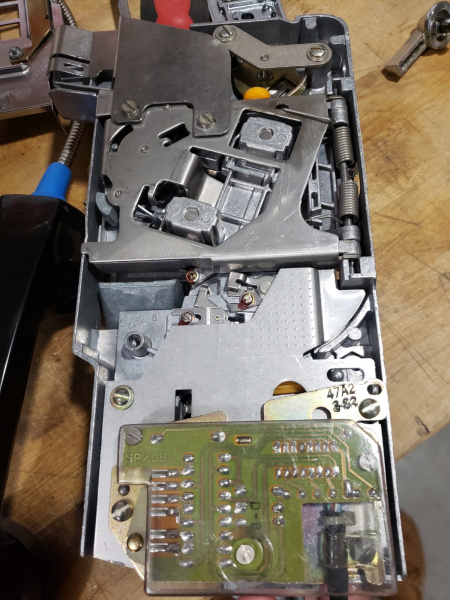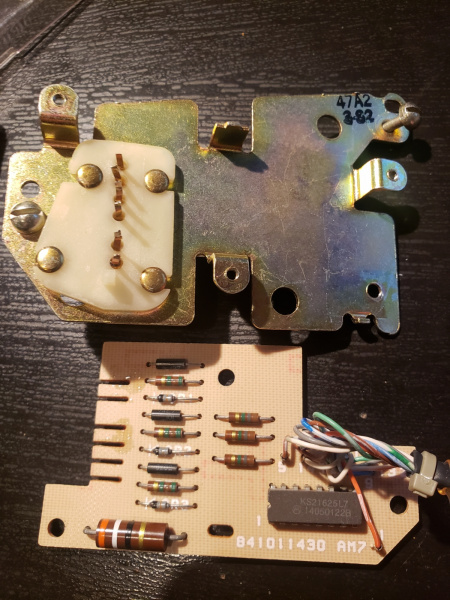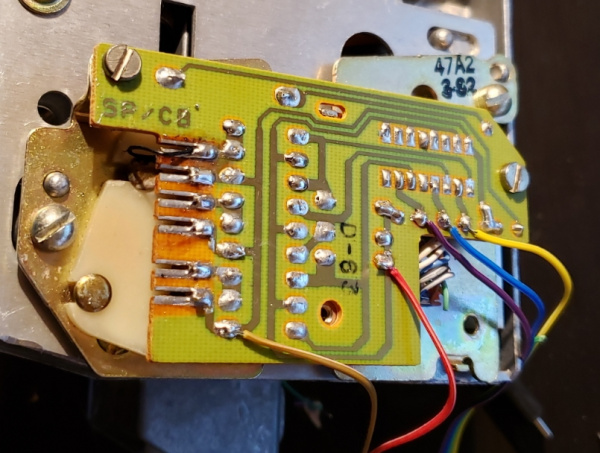The 970-HA-JOKES Payphone Project
Coin Detection
It’s hard to describe the incredible design that is a payphone coin validator. Imagine the challenge: without the use of electricity, correctly detect if a coin is valid or fake, then sort the coin into three chutes. And if the user shoves a penny, dollar coin, or shaved down cough drop, gracefully handle it and keep working for years without maintenance. I’m sure it took decades to arrive at some of these minutely counterbalanced trap doors, magnets, and chutes, but it’s just wonderful and satisfying to watch it work.
There should be a semester’s long mechanical engineering course that does nothing but take apart and analyze how a payphone coin validator works.
As Tim Hunkin (of the The Secret Life of Machines) used to say about his nickel arcade:
“If a user steps up to an arcade machine that’s free to play, they just start mashing buttons and walk away bored. If the user is required to put in even a trivial amount of money, they will stop to read the instructions and have a much better experience even though it cost them more.”
(Source: This is my memory of Tim speaking at the 2nd Maker Faire in 2007)
If you need to stop reading and go watch 'The Lift' episode, I won't fault you. It's just a really good show.
I don’t care what the user pays, I just want them to enjoy the experience. Said ludicrously differently: Anyone can call anywhere in the world for free, I think I shall charge them a nickel!
My wife and I originally planned the payphone to accept any coin denomination, from any country. But because of my limited mechanical engineering we decided it was a better trade off to leverage the existing coin validator.
The coin validator will eject anything that is not a nickel, dime, or quarter. Validated coins then pass a small circuit board (shown above) that is effectively a small metal detector. The IC part # is Motorola KS21625L7 14050122B.
The back of the coin acceptor PCB allows us to quickly figure out power and ground and where the individual coin signals are coming from.
In the above photo we've successfully hijacked the coin validator:
- Brown: Ground from Arduino
- Red: 5V from Arduino
- Purple: Dime - Pin 10 on Arduino
- Blue: Nickel - Pin 9 on Arduino
- Yellow: Quarter - Pin 8 on Arduino
With a bit of work, and Nico Hood’s PinChangeInterrupt library, I successfully triggered a falling edge interrupt anytime a coin passed.



